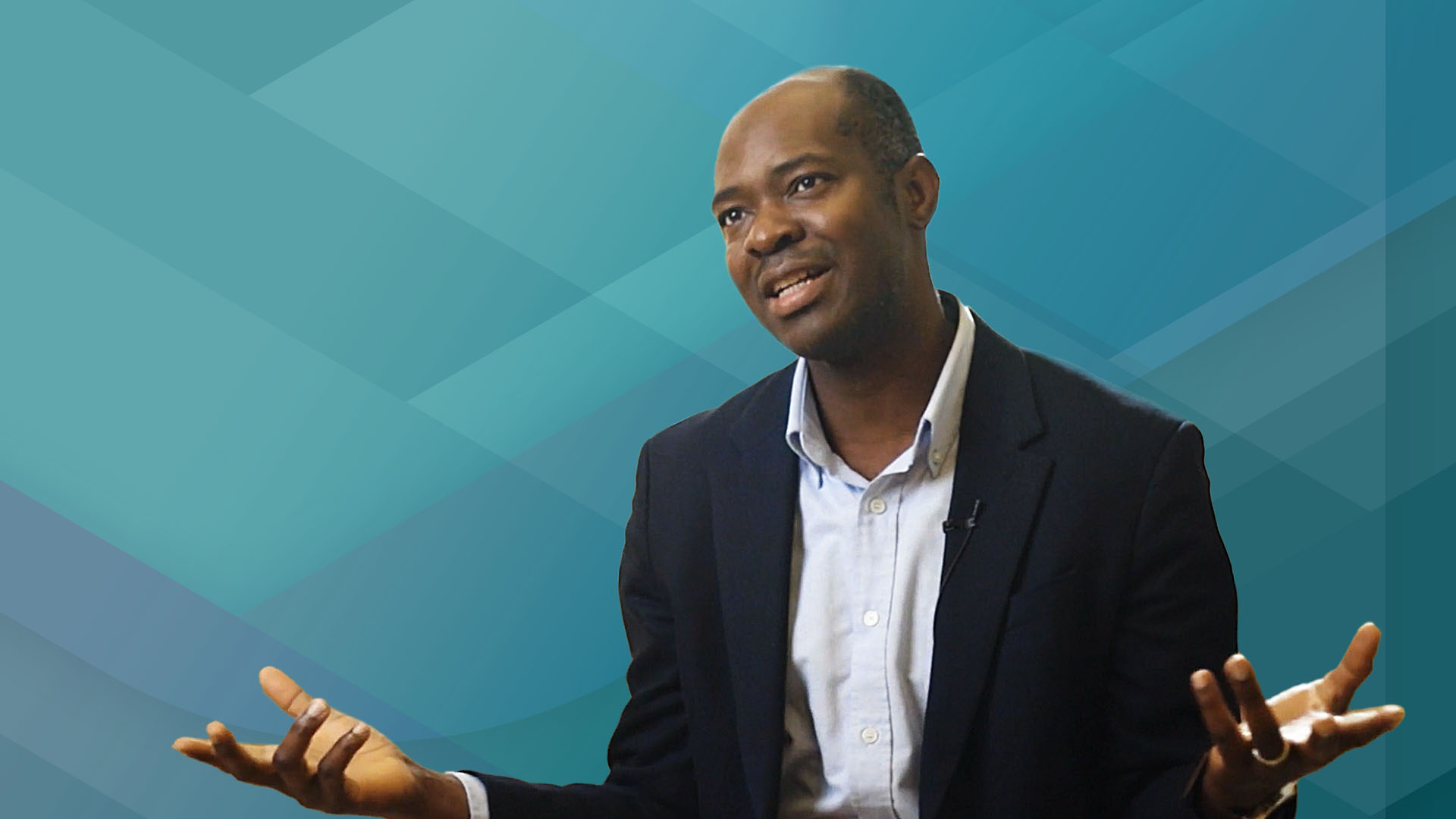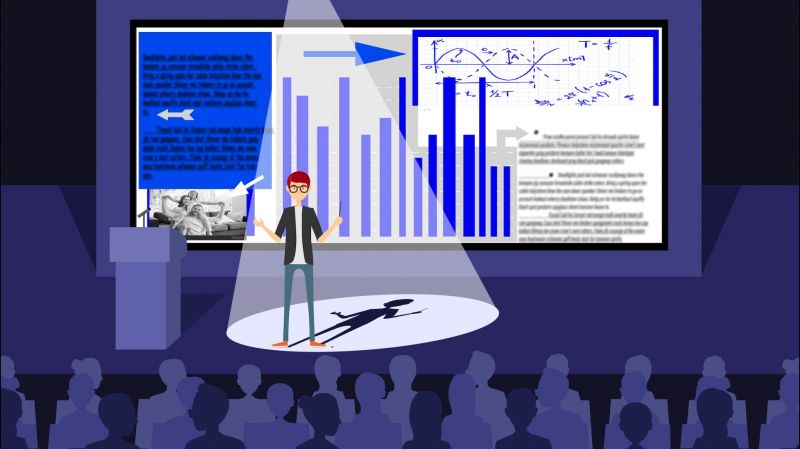Tough Questions On Digital Transformation
How to tell if you are geared up for change—or stuck in neutral

COVID was a global tragedy, but also a revelation. The epic public health crisis revealed that organizations could be transformed by digital technology, and that it could happen sooner rather than later.
Smith alum Mark Segal, EMBA'04, saw it with his own eyes. At the time, Segal was an IT executive at Rogers Communications. Years before, the company ran a pilot project in the contact centre that was intended to encourage people to work from home. They had built a content security system and developed processes and reporting structures. “Getting employees to enter this program and meet the company-issued criteria was super hard,” he recalls. “It represented less than 10 per cent of the contact centre workforce. And then in COVID, within five or six weeks, we moved 8,000 people home.
COVID, he says, “was this massive accelerant. It created an outsized need for people to operate differently. It forced our hand to go faster as we realized we couldn’t operate the way we were before.”
Apparently the message was heard. Five years after the pandemic, according to one survey, 74 per cent of firms considered digital transformation of paramount importance. Spending on cloud computing, big data, artificial intelligence and other enabling technology has reached US$2.5 trillion, and is expected to rise to US$3.9 trillion by 2027. Yet, in many corporate boardrooms, the narrative is more about unrealized opportunity rather than transformation.
“COVID amplified the potential of technology to change the way organizations think about their business and the way people work,” says Kathryn Brohman, E. Marie Shantz Fellow of Digital Technology at Smith School of Business. “The challenge is that post-pandemic drift is definitely a reality. The organizational inertia that defined the traditional way of working is starting to set in.”
In a recent study by Gartner, only 19 per cent of boards reported making progress toward their digital transformation goals. Another study indicates that while 89 per cent of large organizations worldwide are undergoing digital transformation, they have only achieved 31 per cent of the predicted revenue growth and 25 per cent of the anticipated cost savings.
Clearly, the transition has proven to be more drawn out than many expected. Segal has observed this himself in two very different industries — telecom and health care. He spent some 20 years in telecom, including 13 years at Rogers, and has impressive credentials as an agent of digital-driven transformation, from contact centre and ERP payroll implementations to the conversion of The Shopping Channel from a television platform to e-commerce.
In 2021, Segal was hired by the CEO and board of CBI Health to be its chief information officer and transformation lead. CBI is Canada’s leading community health-care provider (owned by the private equity arm of OMERS), with almost 12,000 employees. Its operations are split between home care and outpatient rehabilitation clinics.
While telecom is a fast-paced, hyper competitive environment driven by a sense of urgency, health care is on the other side of the spectrum. “Health care is change and risk averse,” Segal says. He describes CBI when he arrived as “$750 million business operating like a $100 million business, whether that’s process, controls and behaviours or an understanding of where our dollars were spent.”
Paper charting and paper schedules were the rule. Clinics behaved like they were loosely affiliated with different systems. Today, processes have been standardized, dispatch and scheduling have been centralized, and the IT stack has been modernized. Data now sits in the cloud rather than on paper. “We pulled out about 25 or 30 per cent of our overhead just through centralization and process changes, and now we're chasing the next 25 per cent.”
For smaller and mid-sized firms chasing their own digital gains or others struggling in the early stages of digital transformation, Segal and Brohman offer first-order questions and insights that could make the journey a little less bumpy.
Are you picking up signals that customers or employees are dissatisfied?
Consumers are enjoying the benefits of seamless experiences that digital-savvy companies offer, including the ability to configure products, review tailored recommendations and get faster response to issues. And employees enjoy being freed up from transactional work to spend more time on higher value activities. Does your organization offer these benefits to its customers and employees?
“The reality is that digital transformation is a balance of outside-in innovation to provide customers what they want while also considering your internal people and capabilities,” says Brohman. When done right, she says, improved customer experiences that result from transformation help employees take more pride in what they do, and improved processes create opportunities for more creative and innovative work. This balance is easy to think about strategically but challenging to execute.
Early in his stint at Rogers, Segal worked on what initially appeared to be a workforce optimization IT project. But it grew into something bigger. The original premise was to transition away from a mainframe-based system that required a cadre of 200 dispatchers to schedule service calls with clients. “But as we looked at it, we realized if we could find a different way to automate scheduling, we could do a few things. We could make it easier for our customers to get two-hour windows rather than six hours and have them notified that the tech was enroute. Number two, we realized we didn’t need so many dispatchers. We went from 200 to 40.”
Surprisingly, they also saw a productivity lift from the frontline workforce: the same number of installers did 15 per cent more work. “We really transformed the whole dispatch system, from the customer experience to the frontline employee ability to do more work and an entire department disappearing. That’s a transformation of function.”

Does your organization have the resources and structure to get the job done?
“At the core, digital transformation is about having a broad range of digital skills across the entire organization to develop lightweight technology-enabled products and services,” says Brohman. “For example, high-quality data needed for artificial intelligence comes from an understanding and commitment at the front-line of the organization because this is where the data is captured.”
Necessary skill development reaches beyond IT, she says, and spans all layers of management, including re-skilling of senior executives.
Given the need for a broader range of digital skills, does your organization recognize the need for professional development across all management layers to drive transformation? Beyond that, can your tech talent work with business talent in a way that is truly integrated? If not, your organization may first need to think about upskilling as an essential backbone for digital transformation before aspiring to develop new digital products and services.
Under Segal’s leadership, CBI Health’s IT function was overhauled in terms of skill sets, capabilities and platforms. It went from being a development shop to what he calls a product shop that manages vendors and deploys and operates solutions. As a result, legacy hardware infrastructure was shut down. “Our cost to run IT is probably two-thirds of what it was because we removed a bunch of legacy and complexity,” he says.
Unfortunately, the skill shortage worldwide is a significant bottleneck and will only get worse with the arrival of artificial intelligence. According to a recent survey by IDC, 87 per cent of IT leaders from North America reported digital transformation delays due to a lack of sufficient IT skills on hand; 32 per cent said skill shortages delayed transformation initiatives by five to 10 months.
Do you have the right culture to enable transformation?
Like all organizational transformations, a digitally-driven transformation is as much a culture play as it is a technology play. Legacy systems are often cited as major barriers but it is organizational values and behaviours that make or break a transformation. “Legacy thinking is the bigger challenge,” says Brohman. “From the business side, senior leaders have significant experience and they can struggle to look at their organization in different ways. Similarly, technologists with experience struggle to embrace the possibilities of social media, cloud computing and mobility.”
Researchers who have studied the dynamic capabilities for digital transformation have identified 12 cultural values that play a role in the digital transformation of organizations: openness toward change, agility, tolerance of failure, willingness to learn, participation, cooperation, customer centricity, entrepreneurship, risk affinity and innovation.
Other researchers have pointed to the need for culture-supported ecosystems that enable wide, frequent, formal and informal collaboration across the breadth of the organization and with potential partners and suppliers. Some have made the distinction between employee-oriented cultures (good for transformation success) and process-oriented cultures (more challenging as a result of greater rigidity).
Organizational culture is hard to calibrate, so digital transformations usually have to incorporate some form of change management to massage away pockets of resistance. Both Brohman and Segal talk of the need to adopt an evolutional change agenda that has a sense of urgency — one that involves an iterative process of prototyping, collecting feedback and improving rather than a linear process with a beginning and end.

Are you distracted by shiny tech toys and losing focus on the big picture?
Though it seems counterintuitive, successful digital transformations are not driven by technology, which researchers have found to be more of an enabler. The real sparks are strategic needs, business value and the ability to execute.It is easy to be blinded by the possibilities of emerging technologies. It probably explains why many firms end up using new technology to do what they did yesterday — just faster and cheaper — rather than focusing on transforming specific areas, such as the customer journey, that create business value. In Segal’s experience, it requires sitting down with business partners to think about operating differently for better outcomes.
“Don’t start with the technology,” he says. “Start with what the business outcome is. If you can’t figure out how it impacts the business, then it’s just a shiny rock.”
Segal admits that early in his career, digital transformations largely meant getting the technology right. “Now, it’s about starting with the right mindset. Does the transformation have the right support across the organization? Are you selling the change? Are you adjusting as you learn? Do people have urgency to get through it fast? And do they understand that getting the technology live day one is only the beginning?”





